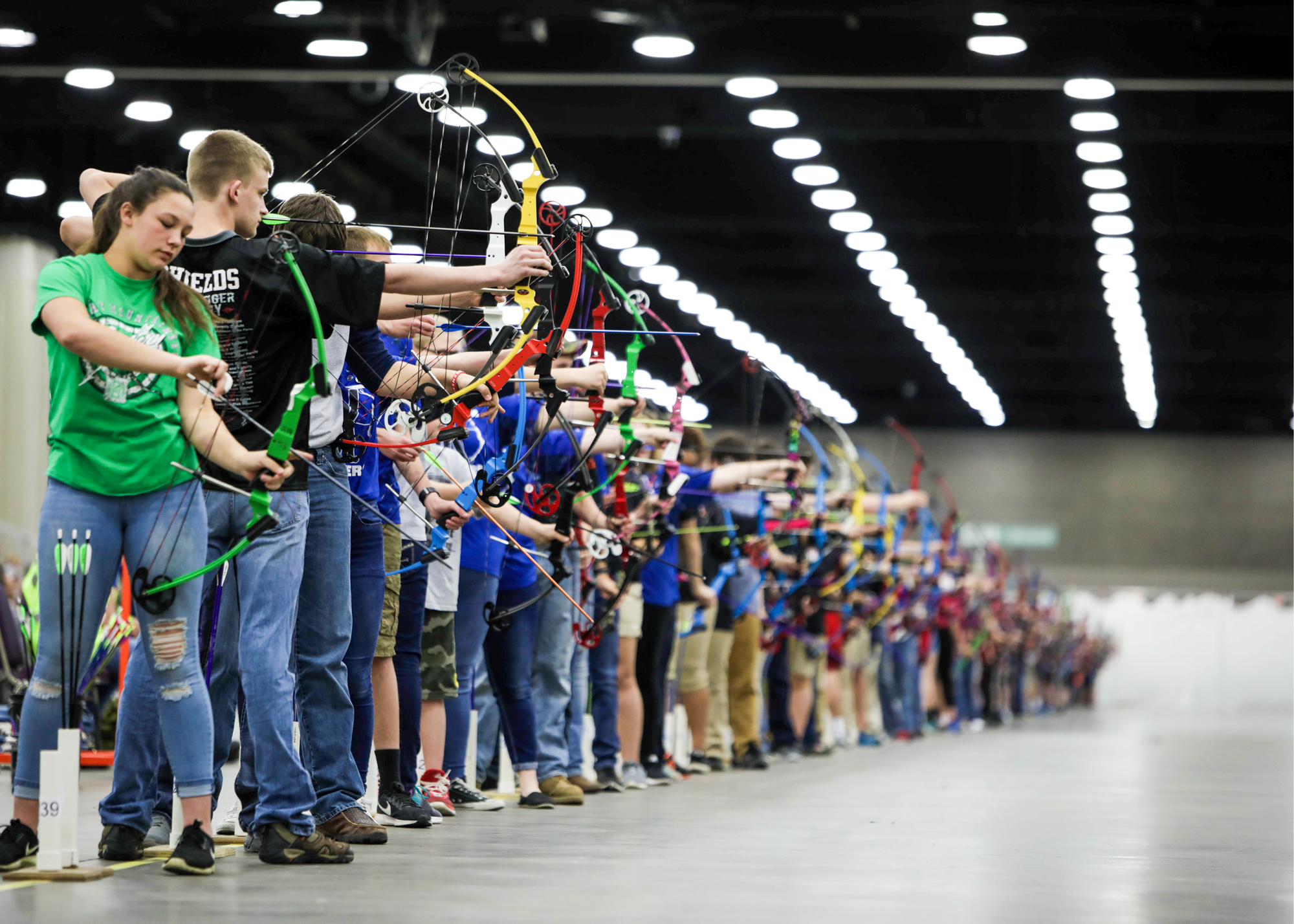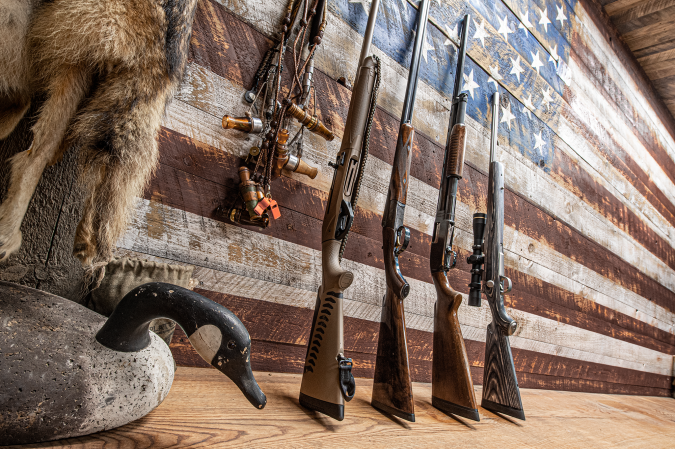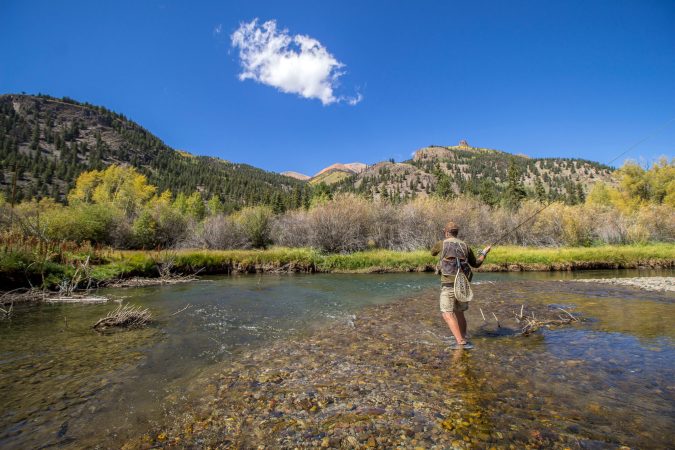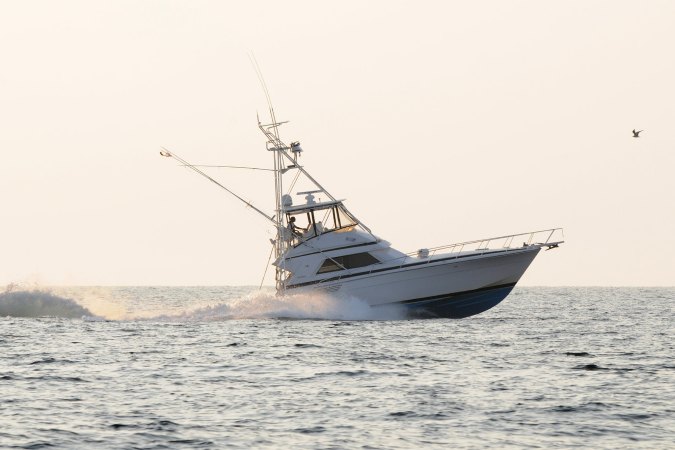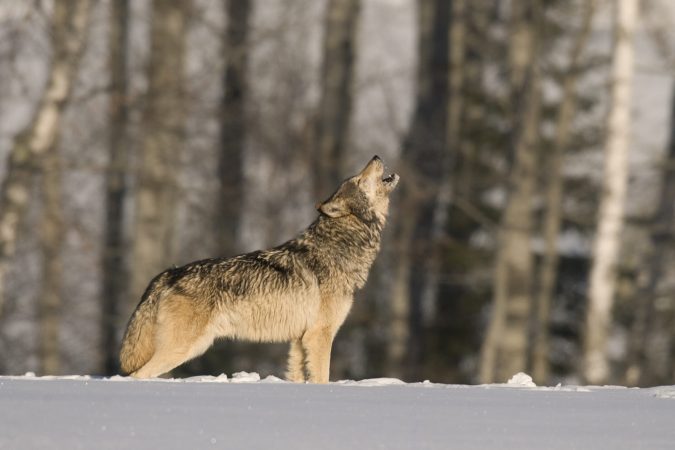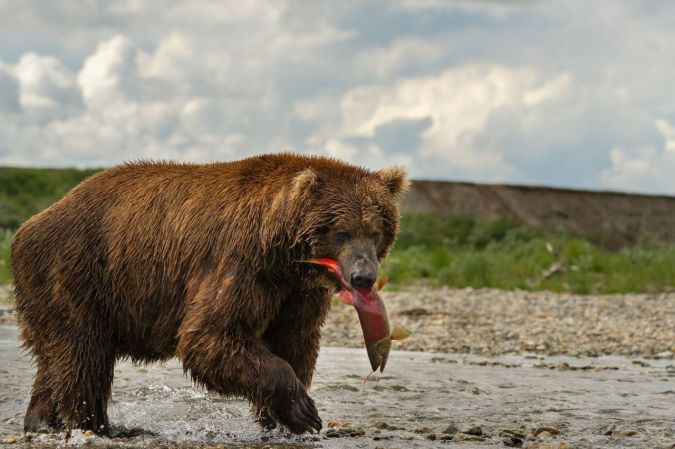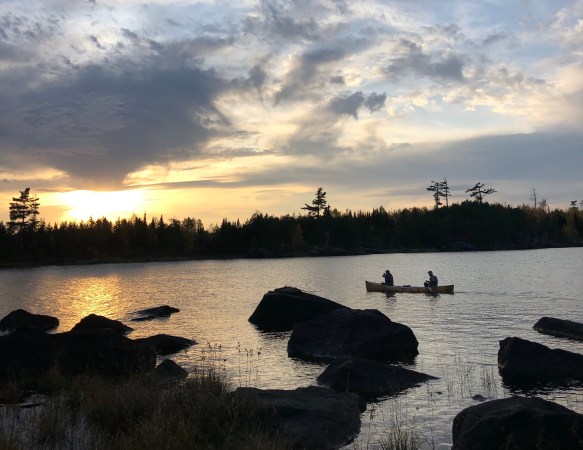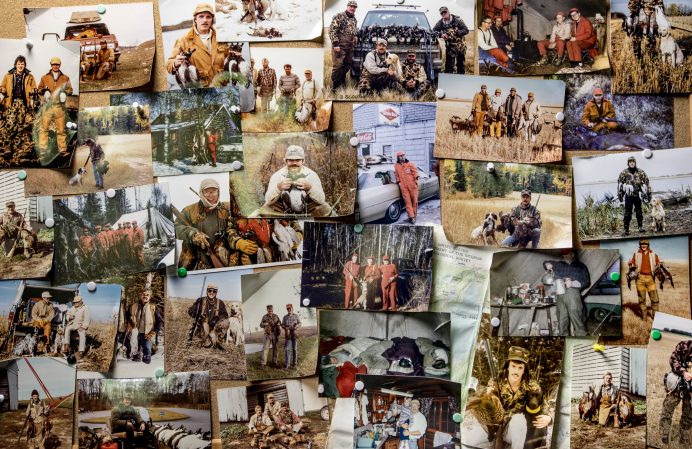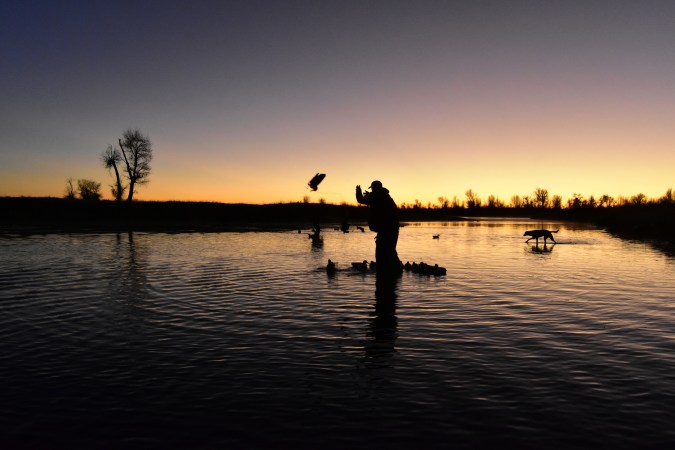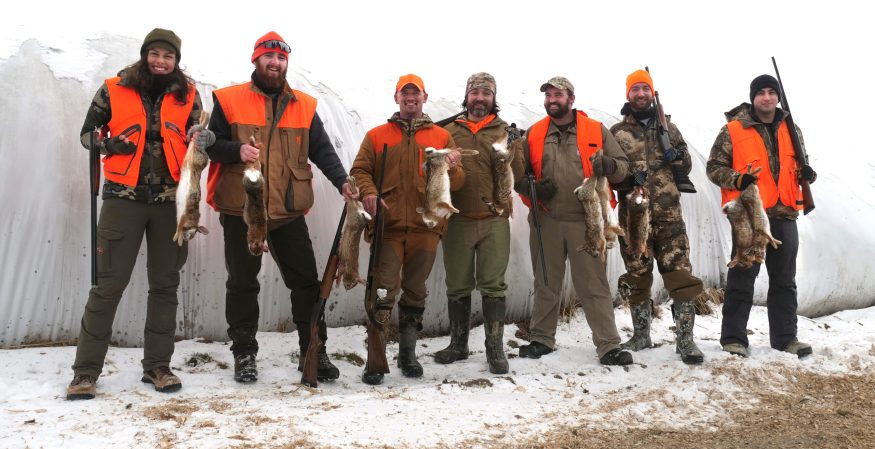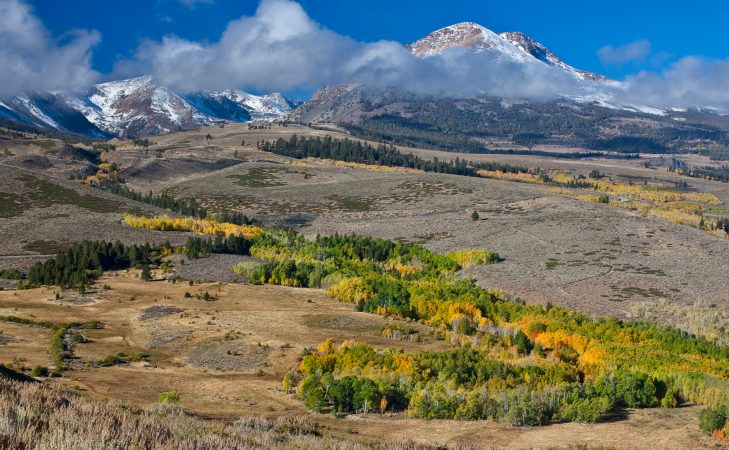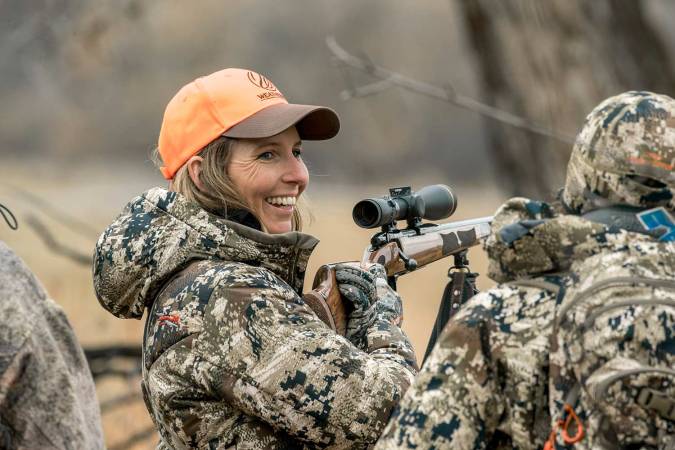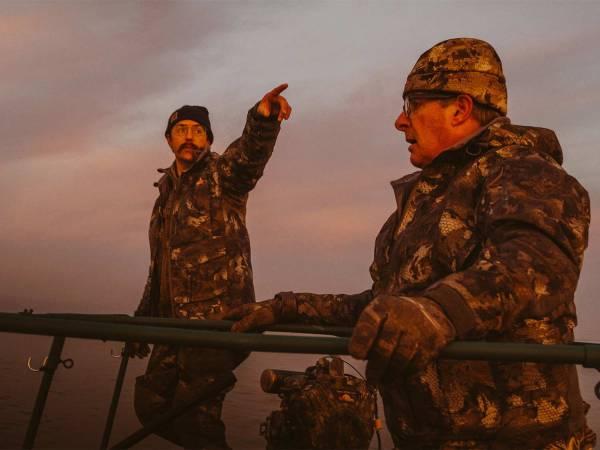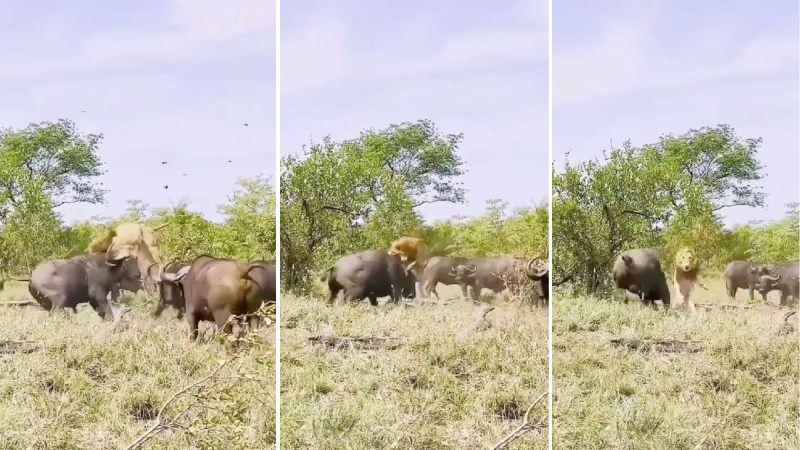We may earn revenue from the products available on this page and participate in affiliate programs. Learn More ›
Back in March, an administrator of public education funds in Alaska asked a routine question that has since reverberated around education, shooting sports, public policy, and legislative circles. The administrator was seeking guidance: Are federal funds appropriated by the Bipartisan Safer Communities Act, which was passed in June 2022 by Congress and signed into law by President Biden a day later, okay to use in schools that host the popular National Archery in the Schools Program?
It was a sensible question because $1 billion in federal education funds released in 2023 were meant to invest in mental health programs for students and communities, and NASP has been shown to elevate students’ achievement, participation, and sense of self-worth. But the Alaska administrator was hung up on a problematic interpretation of the law.
Section 13401 of the Bipartisan Safer Communities Act (BSCA), a pragmatic school-safety law passed in response to mass shootings at a grocery store in Buffalo, New York, and a school in Uvalde, Texas, sought to prohibit federal funds to be used “for the provision to any person of a dangerous weapon… or training in the use of a dangerous weapon.”
The idea, according to legislators who inserted that language in the bill, was that federal safe-community funds shouldn’t be used to hire school safety officers or to train cops who might be stationed at schools. The provision confirmed that Congress didn’t want to establish federal funding for non-classroom personnel that could more appropriately be hired at the discretion of local school districts. This is a classic local-vs-national control issue for many of these legislators from both Republican and Democrat parties.
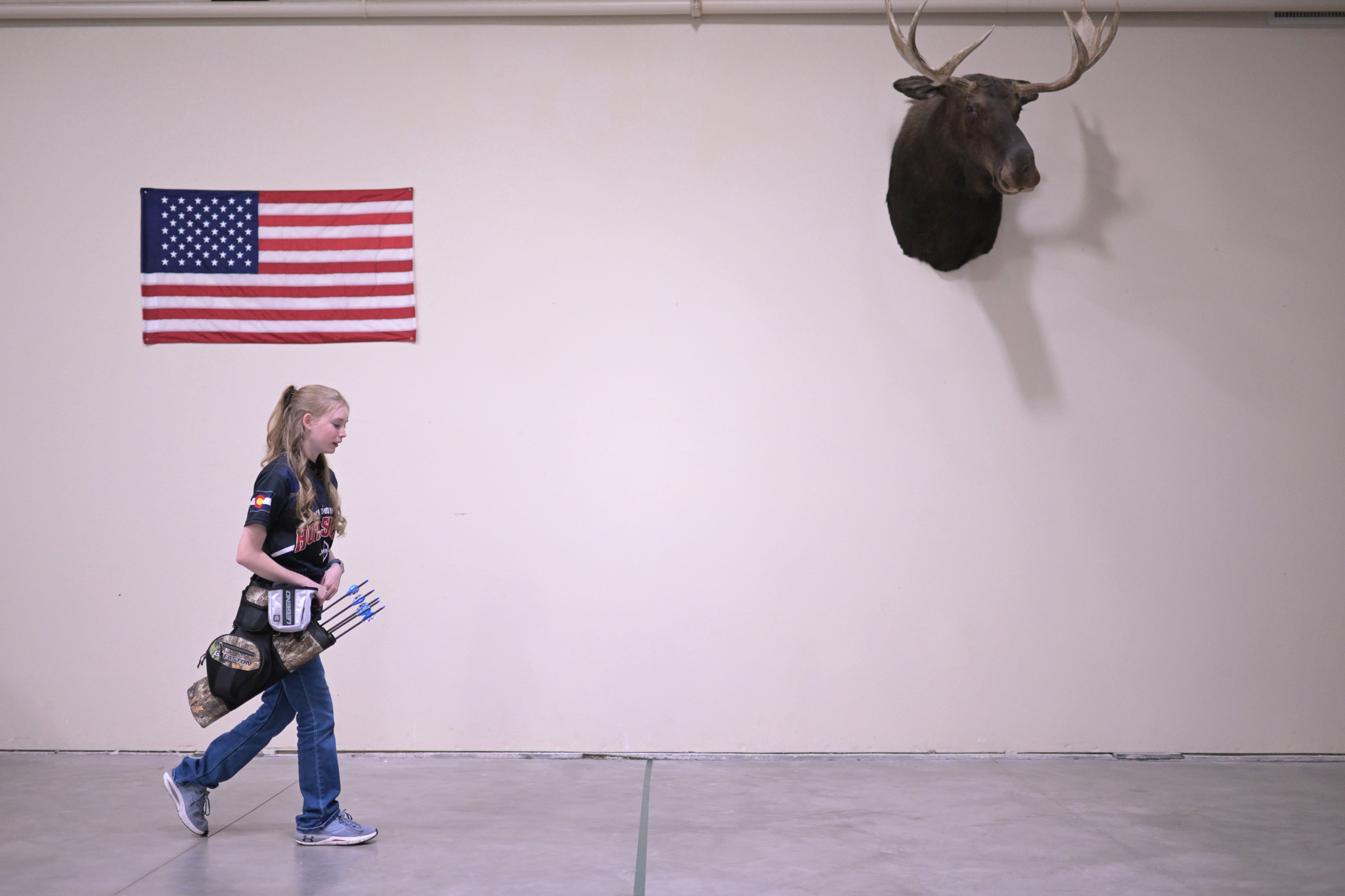
A “dangerous weapon,” has actually been defined in federal code since 1968. It’s used to classify various armed crimes and includes any “device, instrument, material, or substance, animate or inanimate, that is used for, or is readily capable of, causing death or serious bodily injury, except that such term does not include a pocketknife with a blade of less than 2-1/2 inches in length.”
The definition hasn’t been used broadly to prohibit educational materials. But somewhere in the levels of the federal Department of Education, which oversees and distributes the funds appropriated by the BSCA, came a determination that schools that sponsor NASP programs, along with state-sanctioned hunter education programs, and even outdoor-skills programs that use axes and knives, would be ineligible for federal funds. The reason: They promote “training in the use of a dangerous weapon” even though the arrows used in NASP are tipped with target points and even though hunter educators routinely use inoperable firearms in their classes.
The Alaska educator’s question, and the feds’ subsequent determination, has since rippled through the nation’s hunter education and school administration circles. National media outlets have picked up the issue as evidence that the Biden administration wants to end hunting and is “defunding” hunter education. Hunter advocacy groups publicized plans to sue the federal government to overturn the rogue interpretation. And a bipartisan bloc of senators and representatives has indicated they will revise the legislation to ensure that hunter education and archery programs are explicitly exempt from prohibitions on “weapons” in schools.
A Sudden Freeze on Outdoor Programs
What the hell is going on here? How did a fairly low-level functionary polarize what ordinarily would be forgettable legislation? And now that so much attention is focused on the issue, can we ever go back to simply educating students in outdoor skills?
Tommy Floyd has some insights into why the issue blew up. Before he became president of the National Archery in the Schools Program, which trains about 1.3 million students in nearly 9,000 schools in basic target archery every year—his program is one of the biggest victims of this funding fight—Floyd was a Kentucky school superintendent.
“Any time a school administrator makes a funding decision, they’re going to assess local, state, and federal funding sources,” says Floyd. “They want to do it correctly, because budgets and funding determine everything that happens at a school, and they can’t afford to get it wrong. So when they hear that maybe you can’t use federal funds for a program that uses ‘deadly weapons,’ they’re going to hold off on inviting that program into their school until they get more clarity.”
That’s precisely what’s happening right now, as educators around the country are reconsidering their relationships with archery programs, hunter education, and even popular high school trap and skeet teams, based on that literal interpretation of BSCA. In the case of NASP, the program has a durable 21-year relationship with the nation’s middle and high schools, where the program is offered in PE classes. Some 21 million students have passed through NASP, and Floyd is quick to note that over its existence the program has an unblemished safety record.
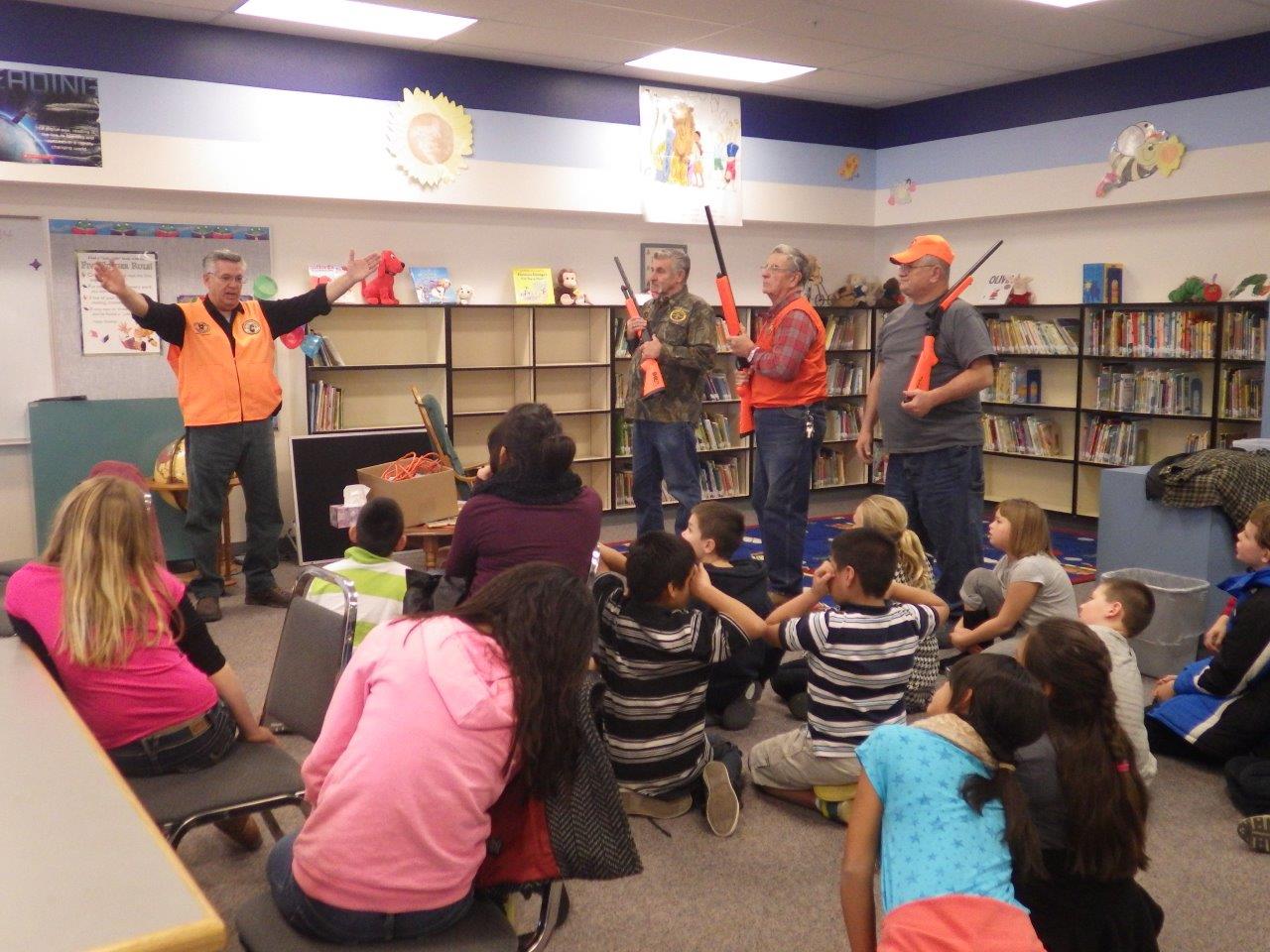
“This is normally the time of year that we are training teachers,” says Floyd. “Kids [are] shooting in October and November, and we start having tournaments in February and March. So a school that decides to wait now, as they decipher the intention of the law, is probably not going to get a program going in time.”
Fall is similarly the season for hunter education delivery in most states, and Alex Baer, executive director of the International Hunter Education Association, who says the BSCE conflagration has prompted hundreds of volunteer hunter ed instructors to call both their state coordinators and the national IHEA office. Most instructors ask if they’re prohibited from conducting classes, which are often held in local school facilities.
The answer is generally no, hunter ed classes are officially unaffected, because few are held in schools. But even if scheduled classes haven’t been canceled, there’s a distinct freeze on activity of new classes, says Baer. The irony is that hunter education and NASP are built around teaching safety and appropriate use of archery equipment and firearms.
Baer thinks the issue has been politicized on both sides, first by public-education functionaries who are pushing an agenda, but also by anti-Biden reactionaries who see in this small issue a much larger attack on traditional values, expressed by hunter and archery training.
“It sure seems far-fetched to me to think that an act written around education, health, and safety in its title is designed to remove safety programs,” says Baer. “I frankly doubt that was the intent.”
Instead, Baer sees a single, politically charged catalyst accelerating the controversy: the word “weapon.”
“Look, we go out of our way in our [hunter education and bowhunter education] classes to not describe guns or bows and arrows as weapons,” says Baer. “Instead, we call them ‘firearms’ or ‘archery equipment.’ That may sound like a small, linguistically insignificant thing, but when it comes to the wider conversation over these devices, language is everything. And this misinterpretation of federal law is a good example of that.”
Steve Leath, executive director of the Council to Advance Hunting and the Shooting Sports, says the irony of this issue extends beyond linguistics.
“This administration wants to wave the American flag and thump their chest about our Olympians,” says Leath. “We had our first member of the Olympic shooting team selected last month, and we’re currently in the midst of the shooting and archery competitions that will pick our next Olympians, and you have the same politicians celebrating their success cutting the very programs that trained many of these Olympians when they were young.”
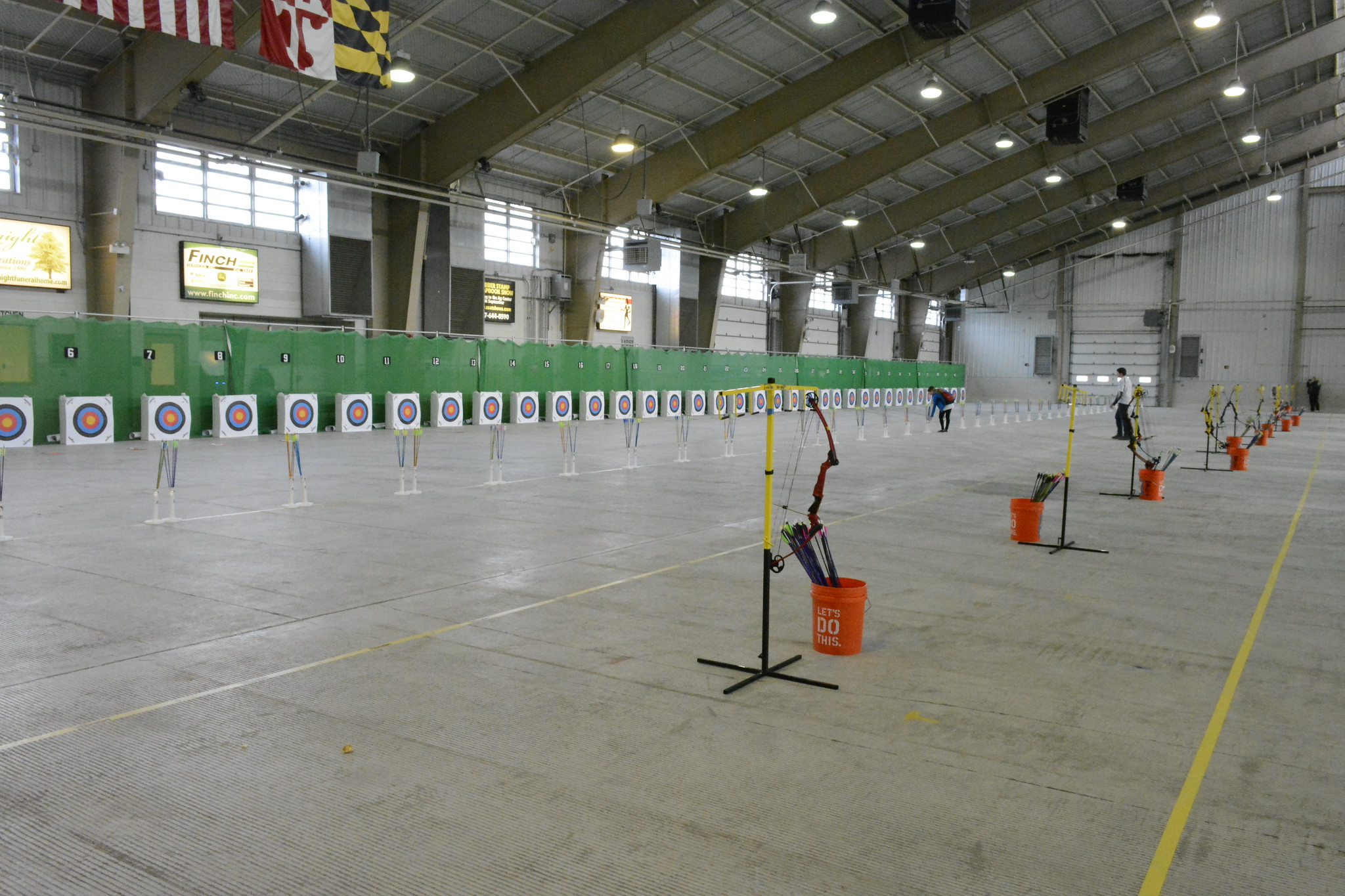
Leath added that BSCA grew from the rise of mass shootings, many of which targeted schools and school children. The basis of the bill was to address what’s been called America’s mental health crisis.
“I don’t see why we’d want to restrict the good work that’s being done about gun safety and gun handling in the context of our hunter education courses,” says Leath. “Why on earth would we want to take away tools from communities that promote safe and responsible firearms handling?”
Lawsuits and Legislation
Most solution-oriented observers have concluded that the root of the issue is a fairly simple misinterpretation of the legislation, and that single problematic word. But given the highly charged politics around public safety, firearms restrictions, and shooting sports, even simple remedies can get amplified into screeching rhetoric. That’s one way to explain how various groups are responding.
Safari Club International and the United States Sportsman’s Alliance Foundation have filed an intent to sue the federal Department of Education and its secretary, Michael Cardona. The basis of the suit: “the U.S. Department of Education’s misinterpretation of federal law to prohibit use of federal funding for shooting sports, hunter education, and outdoor education programs in schools.”
In a letter announcing their intent to sue the Education Department, SCI and the SAF note that the department’s “issuance of an interpretation of federal law which affects a broad scope of unspecified school programs and which is prospective in nature is a rulemaking,” and therefore subject to public notice and comment, which wasn’t done in this case. “The Department’s failure to provide this public notice and comment has, itself, contributed to the broad national concern and outrage over the Department’s actions.”
If they’re successful in the lawsuit, the pro-hunting groups hope for a reinterpretation of the BSCA, says Ben Cassidy, SCI’s executive vice president for international government and public affairs.
“End of the day, we hope to have the Department of Education and the Biden administration properly interpret the law so it doesn’t take out outdoor education programs like hunter education, archery, and firearms training,” says Cassidy. “Our suit is intended to rectify that and have it interpreted in a matter where these programs go on as they have, and hopefully see even more of them out there in the future.”
A letter co-signed by 80 Democrat and Republican members of the House and Senate have asked for reconsideration of the legislation’s language. And two authors of the original Bipartisan Safer Communities Act, senators John Cornyn (R-Texas) and Thom Tillis (R-North Carolina) have written to Cardona, asking that the Education Department “honor the text and the spirit of the BSCA and reconsider its decision to preclude funding” for archery and hunter safety education programs.
Those programs fall squarely under activities eligible for federal education funding, the senators say.
“Such activities include programs that integrate health and safety practices into school or athletic programs, support a healthy, active lifestyle, and enhance students’ effective learning skills,” the senators wrote. “Using the BSCA as a pretext to shift critical educational and enrichment resources away from archery and hunter education classes was never the intent of the law.”
An Easy Fix or Permanent Problem?
Although Congress is currently in its summer recess, most sources expect the BCSA legislation to be revisited in order to confirm that federal funds can be used in schools that offer hunter education and archery programs.
Baer, at the International Hunter Education Association, thinks it’s a quick fix.
“Given that public and student safety was the original intention, it’s unfortunate that misinterpretation became the bigger story,” says Baer. “Unfortunate because I think hunter education and archery education and the instruction that goes with them are all important partial solutions to the problems of mental health, violence in our communities, and irresponsible firearms use.”
If the situation can’t be rectified, and if outdoor skills programs are not allowed in schools, then hunter educators will have to pivot. That’s been happening for years, notes Baer, as many local schools have been uncomfortable with both the idea and the practical realities of inviting firearms instructors into schoolhouses. The alternative is more dire for NASP, which is entirely dependent on being welcomed into schools. It’s even in the program’s name.
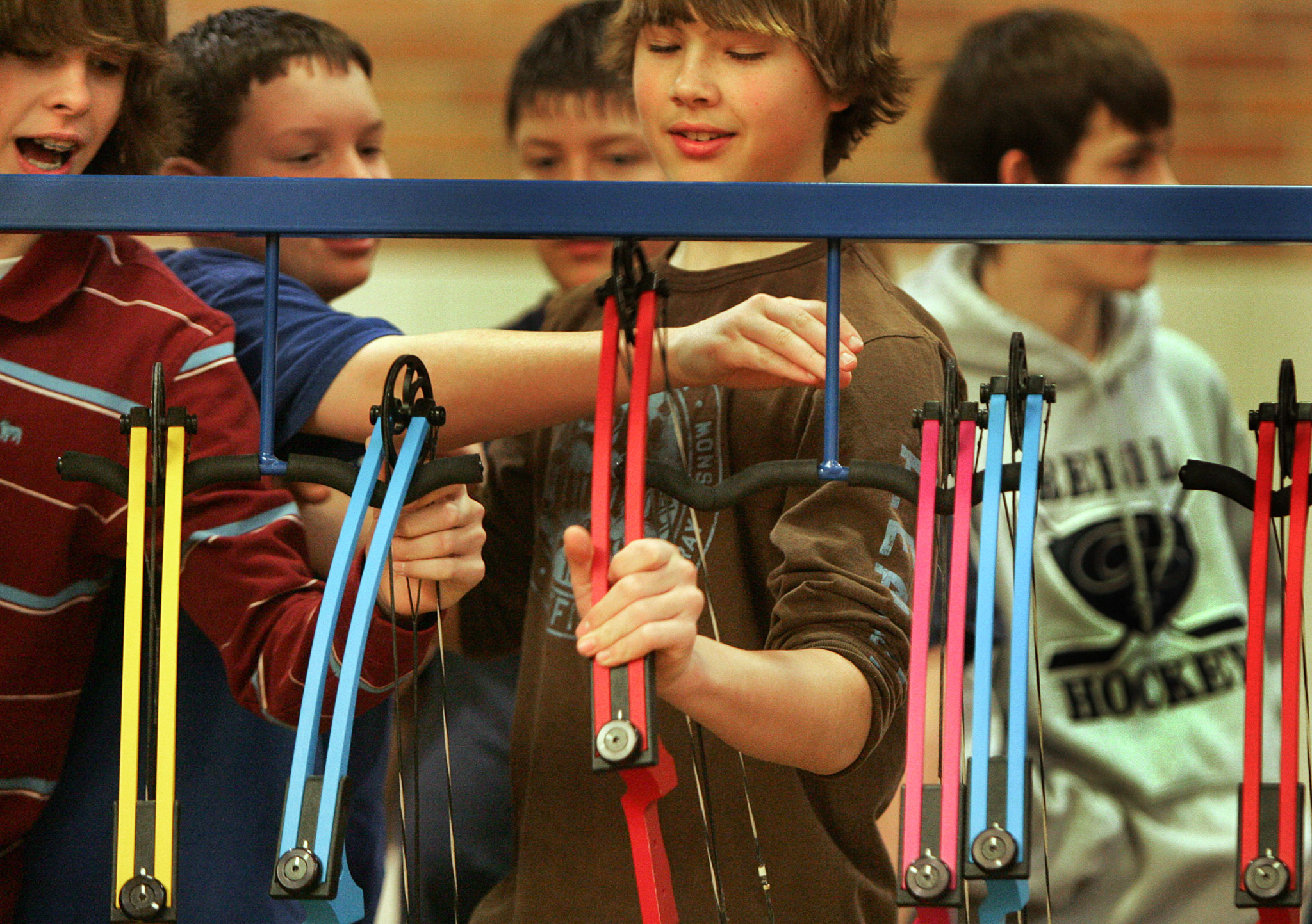
Floyd said the real victims will be students who don’t get a chance to experience the life-changing opportunities provided by NASP.
“We say our program is an archery program, but it’s really a success program,” says Floyd. “We just use a bow and arrow to achieve success; other people use other tools to reach kids. The main point is the positivity that happens for young people when they get exposed to shooting sports and relationships with mentors and their classmates.”
And Leath, at the Council to Advance Hunting and the Shooting Sports, notes that programs like NASP achieve the sort of inclusion that’s become an important part of educators’ lexicon and intent.
“Here’s a sport, if you take archery, where everybody is welcome,” says Leath. “Doesn’t matter if you’re male or female or something in between. Doesn’t matter if you’re physically configured to be a star athlete, you can still be a great archer or participate at a fun level. Here’s one of the most inclusive athletic activities available in America, and it’s bizarre to think that right now in this [political] climate we want to defund it.”
Leath thinks the issue has been supercharged largely because of a national hypersensitivity about the intersection of guns and schools.
“We’re in an era where there’s a lot of concern about gun safety and inappropriate—even horrific—use of guns, but I think it’s important to stress that here’s a case where much good could be done with hunter safety courses, and with creating positive relationships between people and within communities, and I think we should be finding ways to have more of these programs, not fewer.”

